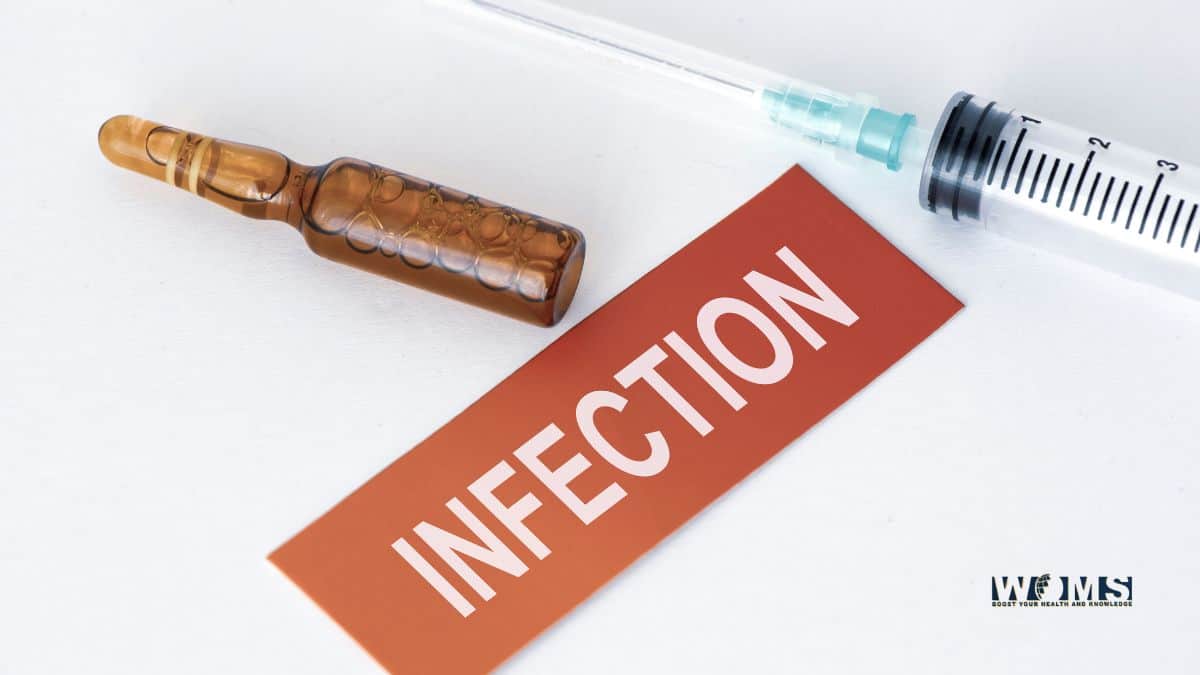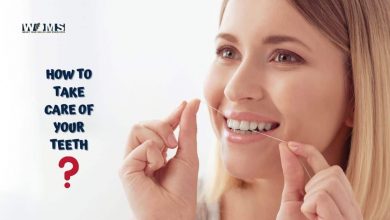4 Tips for Reducing Healthcare Associated Infections

Healthcare associated infections, also known as HAIs, are infections patients get while in a healthcare facility due to contaminated medical equipment or other contamination vectors. Typically, a healthcare-associated infection occurs after the patient has undergone a medical or surgical procedure that caused exposure to the infectious agent. Healthcare associated infections are a critical problem in the healthcare environment because they put people’s lives in danger.
Healthcare providers, especially nurses, have the power to protect patients from healthcare-associated infections. Read on to discover a few valuable tips for reducing HAIs.
Tips for reducing Healthcare associated Infections
Here are some of the tips that you can follow to reduce Healthcare associated infections.
Reusable Devices? Focus on Proper Cleaning and Storage
Reusable medical devices and equipment constitute one of the main causes of infection. They must be cleaned, dried, and stored appropriately to keep the risk of contamination close to zero.
Unfortunately, every surface presents danger due to the accumulation of dust and air particles. And cleaning a piece of equipment or a device is not enough because pathogens can continue to accumulate after cleaning.
Use Endoscopes with Extra Care
Endoscopes pose some of the highest risks of infection. Studies have shown that, even after cleaning an endoscope, harmful pathogens can still be found on it.
Better storage can be the ideal solution to this problem. Are you a nurse or healthcare provider? Using drying and storage cabinets designed for endoscopes can help protect patients from HAIs. Just look up “endoscope drying cabinet benefits” to learn why this solution is so effective.
Besides endoscopes, catheters and ventilators also pose an increased risk of contamination. The use of ventilators has increased dramatically due to COVID-19, which is a respiratory virus that causes hypoxia. This led to a higher number of HAIs.
Prioritize Hand Hygiene
Proper hand hygiene is the simplest and most effective way to reduce infections in a healthcare facility. Due to handling several patients in a short amount of time, nurses can inadvertently spread pathogens. When should nurses wash their hands? There are five key moments when washing hands is a must: before touching a patient, before aseptic procedures, after being exposed to body fluids, and after touching a patient.
Healthcare providers are aware of the importance of hand hygiene. However, due to working in a fast-paced environment, they don’t comply with hand hygiene protocols all the time. Poor hand hygiene continues thus to cause infections in healthcare institutions.
Wear Personal Protective Equipment Properly
The role of personal protective equipment (PPE) in staving off infections is critical. Nurses must prioritize proper wear of gowns, masks, goggles, and gloves. Personal protective equipment protects not just nurses but also the patients, so it’s a powerful physical barrier against pathogens.
With PPE, you can be certain that your hands, skin, eyes, nose, mouth, and clothing do not come in contact with pathogens. So, you must wear your personal protective equipment properly to reduce the chance of Healthcare associated infections.
A common mistake among healthcare providers is underestimating the risks associated with not using PPE. Healthcare workers who fail to use PPE adequately put themselves and their patients at risk of infection.
Final Words
Healthcare associated infections have a major impact on the quality of medical care. Nurses and other healthcare workers must assess the risks associated with their patient-care activities and constantly think about ways of preventing infections.
Simple things like proper hand washing can be highly effective. Similarly, the given tips should be followed to reduce the chance of Health care associate infections and to maintain quality care for the patient. With the control of Healthcare associated infections, the mortality rate will decrease.



